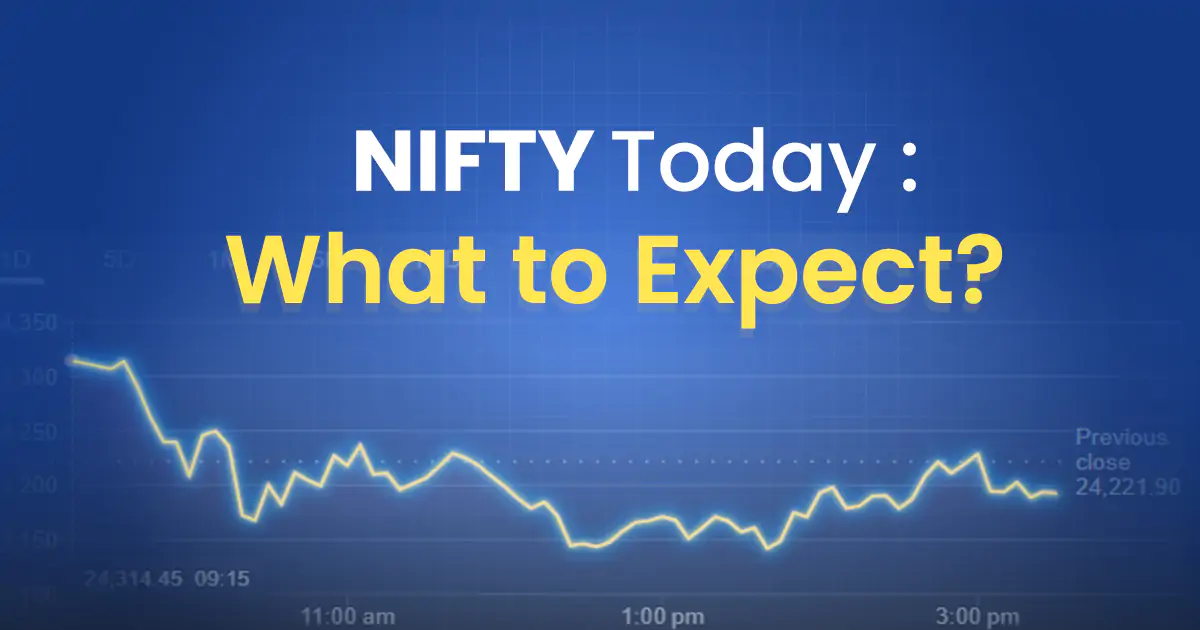Now Reading: Indian Markets Dip Amidst US Tariff Fears, Global Uncertainty
-
01
Indian Markets Dip Amidst US Tariff Fears, Global Uncertainty
Indian Markets Dip Amidst US Tariff Fears, Global Uncertainty

New Delhi, August 1, 2025: Indian Markets equity benchmark indices, Nifty50 and BSE Sensex, opened in the red on Friday, reflecting growing anxieties as India braces for a potential 25% tariff rate on its exports to the United States. The Nifty50 dipped below the 24,750 mark, while the BSE Sensex shed over 100 points in early trade. At 9:16 AM, the Nifty50 traded at 24,727.45, down 41 points or 0.17%, and the BSE Sensex stood at 81,047.39, down 138 points or 0.17%.
The market’s cautious start comes after US President Donald Trump signed an executive order announcing tariffs on 69 countries, including the European Union, effective August 7, 2025. India also features on this extensive list. This development follows Trump’s earlier deadline of August 1 for reciprocal tariffs, setting a tense backdrop for global trade relations.
Also Read: ‘Dhadak 2’ earns critical praise but faces box office hurdles
Market analysts, however, maintain that Nifty’s underlying short-term trend remains positive despite the observed high volatility. They advise investors to exercise caution and adopt a hedged strategy, anticipating continued market fluctuations in the near term.
Dr. VK Vijayakumar, Chief Investment Strategist at Geojit Investments Limited, commented on the situation, stating, “The August series starts on a weak note after the 3.1% dip in Nifty in July. In the near-term, the market will be influenced by the tariff-related news.” He further suggested a glimmer of hope, adding, “Since the date of implementation of the modified tariff rates is August 7th, that gives countries time to negotiate and bring the tariffs down. That may happen. Yesterday’s market action indicates that the market views the 25% tariff as a short-term issue. The rate is likely to come down after the next round of negotiations beginning this month.” This perspective offers a potential silver lining, suggesting that diplomatic efforts might mitigate the full impact of the announced tariffs.
Beyond the immediate tariff concerns, Dr. Vijayakumar also highlighted a significant underlying trend in the Indian market: the weakness in the broader market, particularly the small-cap segment. He believes this trend will likely persist due to the high valuations currently seen in this segment. The continuous selling by Foreign Institutional Investors (FIIs) also presents a persistent negative factor. The sharp surge in the dollar index to 100 further encourages FIIs to continue their selling spree, potentially exerting pressure on large-cap stocks as well. In light of these factors, he advises investors to adopt a “wait and watch” strategy.
Global markets mirrored India’s cautious sentiment. US equities experienced a decline on Thursday as initial gains faded following mixed corporate earnings reports and economic data releases. Investors eagerly awaited post-market results from tech giants Amazon and Apple, hoping for a market boost.
Asian equities, too, faced a tough day, dropping for six consecutive sessions, marking their longest downward trend in 2025. President Trump’s tariff announcement significantly impacted investor confidence across the region, with strong performances from large technology companies failing to counteract the overall market gloom.
Meanwhile, oil prices remained stable on Friday, after declining over 1% in the previous trading session. Market participants are carefully evaluating how increased US tariffs might affect global economic activities and, consequently, global fuel consumption growth.
In terms of capital flows, foreign portfolio investors (FPIs) remained net sellers on Thursday, offloading shares worth a significant ₹5,588 crore. Conversely, domestic institutional investors (DIIs) provided crucial support to the market by purchasing shares worth a net ₹6,373 crore, cushioning some of the FPI-led sell-off.
The coming days will prove crucial as negotiations surrounding the tariffs unfold and market participants assess the true impact of these global trade tensions. Investors will closely monitor diplomatic developments and corporate earnings to gauge the market’s direction.









